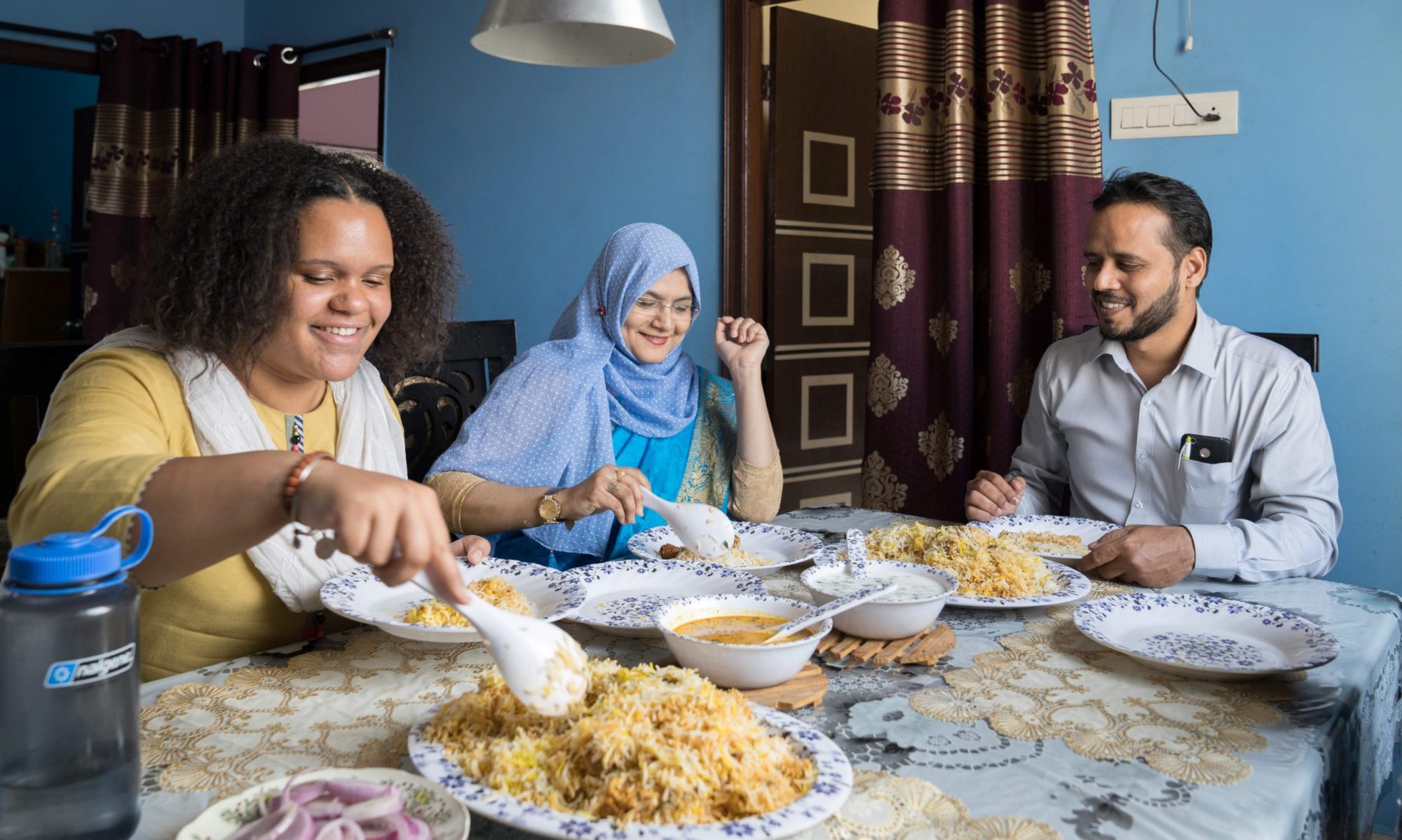by Dominique, Tufts 1+4 Participant
Here I was, splitting a banana tree with a machete in the countryside of São Paulo. The pieces of banana tree, filled with water, were being strategically positioned in the dirt to aid the other crops for the rainless days. The other crops– chinese and lamb lettuce—would use the banana tree as a sort of back-up juice box. These were the kinds of small scale agriculture techniques that farmers in São Luiz do Paraitinga were using. This family grew all of their food right outside of their house. Their garden looked disorganized, with many different kinds of plants growing together in close proximity. The different kinds of crops and fruits were growing together symbiotically to protect one another from insects and other parasites. This technique may appear quite confusing to a city girl, but it was actually a very meticulous process that helped them avoid the use of insecticides —or any other chemicals for that matter. They took a lot of pride in their work.
Today, 66 million people in Brazil are food insecure. Food insecurity, a noun, is understood as the state of being without reliable access to a sufficient quantity of affordable, nutritious food. Though food availability is sufficient for the entire population, widespread poverty has made it extremely difficult for people to purchase food. Therefore, the problem is not that of availability but rather, in-affordability which leaves several communities nutrition insecure. This problem is a difficult one to tackle. The Brazilian government has already implemented policies in attempt to aid this continuing problem.
In the past, Brazil has implemented programs to help lessen the proliferation of food insecurity: the School Fund, Family Fund, More Food, Gas Assistance, and Zero Hunger. Programs like these are a huge help to people who truly have no money to buy food for their families; they lifted people out of extreme poverty and steered them from deprivation. The Brazilian government had also written and published federal dietary guidelines that educated the public about healthier eating. This marked a huge change in the way that Brazilians eat by creating a cultural awareness about eating healthier—lessening the gap of nutrition insecurity. Minimizing processed foods, eating more natural foods, avoiding fast food chains, being critical of food advertisements, and encouraging to cook meals at home were all recommendations included in these guidelines. The Brazilian government have also worked closely with Brazilian civil societies and social movements when implementing nutritional security policy to make sure that the people affected are being heard. Current policy solutions are also in place in hopes to support, stimulate, and strengthen small-scale family-based agriculture like this family in São Luiz do Paraitinga.
Looking to the future, continued political support is important. President Lula targeted the poorer communities and gained their support because of his economic and social platforms. His implementation of these policies has and continues to help those affected by food insecurity dramatically. Continued political support will ensure that these programs will keep helping impoverished communities being affected today. Programs that strain the importance of the rights to food through international, national, and federal policy plans are also crucial. Helping marginalized groups and spreading climate change awareness is necessary to having a greater impact on hunger eradication and food security in Brazil. Brazil has already made a huge impact through these policy solutions by creating a foundation for other people and countries to reduce hunger.
So I look down at my freshly planted lettuce in the rough soil, thinking about how many different families are in the same situation. They have planted this image in my head and I hope I did the same for you.
